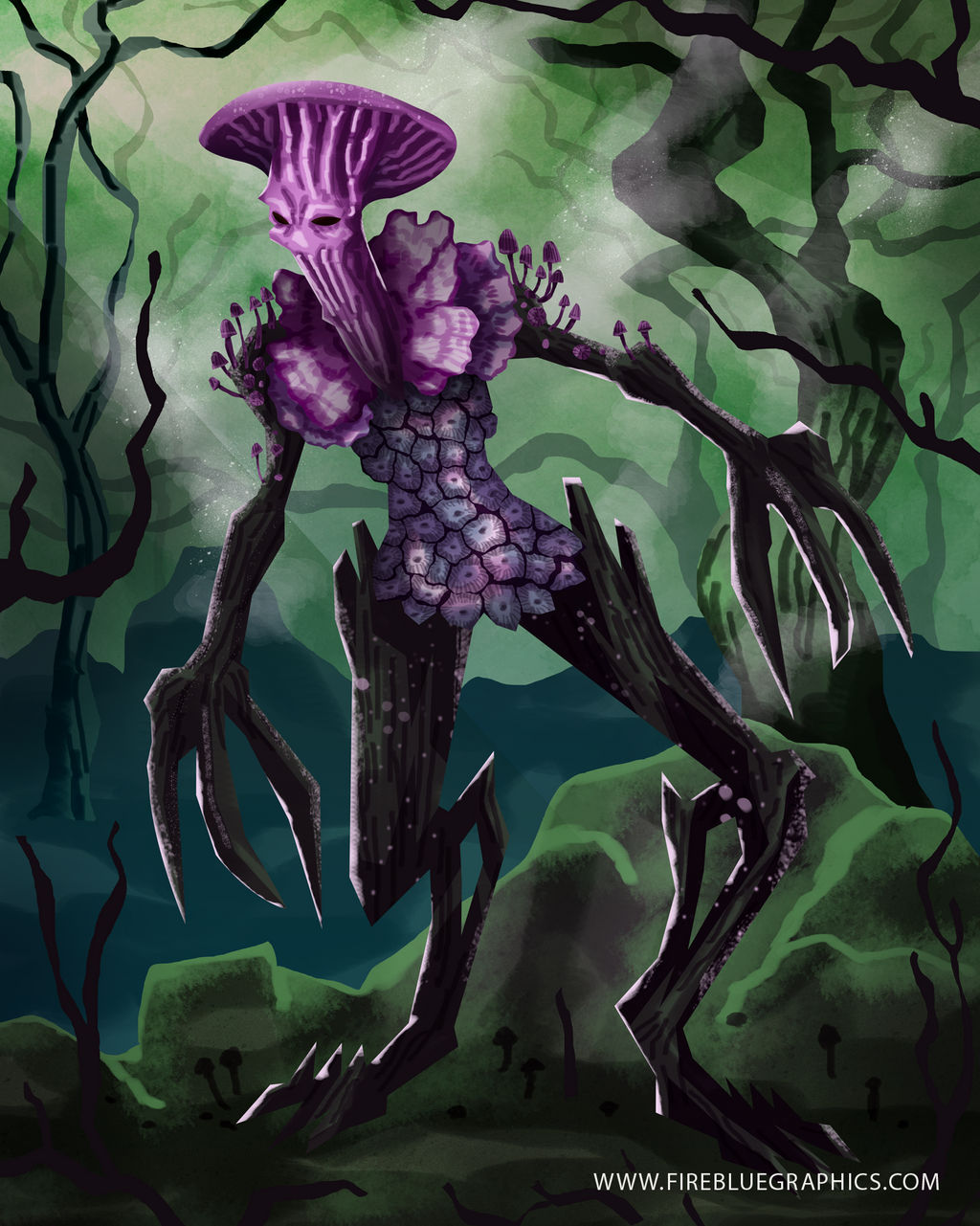Skellege Nauss
Skelegae - Relentless

OUT OF CHARACTER INFORMATION
- Intent: To add a cruel, aristocratic race to the Ocean Planet Meer. Also to create a sudo-Japanese culture for the underground city of Erde.
- Image Credit: Link
- Canon: N/A
- Permissions: N/A
- Links: Meer, Inhabited, Inhabited Chyth, Host-spores, Erde, myconium
- Name: The Host, Hosts, Host-Forms
- Designation: Sentient
- Origins: The Ocean Planet of Meer in the Unknown Region
- Average Lifespan: Bio-indefinite (see historical information)
- Estimated Population: Inter-Planetary
- Description: Aristocratic mycelium hive-mind collective. Most being taller than the common human, they both literally and figuratively look down upon many “fleshies” or as they prefer to be called, people.
- Breathes: N/A (see strengths and historical information)
- Average Height of Adults: 1.5-3.2 meters
- Average Length of Adults: N/A
- Skin color: Their commons skin colors
- Hair color: N/A
- Distinctions: All Host-forms are fungi-based lifeforms with internal ecosystems inside their bodies. Separated into “clans,” they come in many shapes, sizes and colors. Their colors are provided under “Races,” but their other features include different statures and different “crests” (caps); Mudcap, Puffball, and Redcap clans are the shortest, Trumpette, Guilde-cap and Violletta clans are the tallest (in that order), Whitecap, Violletta, Guilde-cap, and Verdende clans have very wide-brimmed caps, Redcap and Mudcap clans have very stout caps, Puffball Hosts have spherical caps, and Trumpette Hosts have very tall, tube-like caps that don’t have brims but instead have curled edges. Redcap and Verdende clans have white-spotted caps, and all these factors (besides color) vary depending upon their “sire clan” for the Hive-less. Hosts (aside from the Hive-less (see the inhabited)) do not display their age but rather gain slight wear and tear on their surfaces depending on how they take care of their bodies throughout their (theoretically) eternal lives.
- Races: Guilde-Cap clan, Violletta clan, Verdende clan, Mudcap clan, Redcap clan, Whitecap clan, Puffball clan, Trumpette clan, and the hive-less (See The inhabited).
- Force Sensitivity: All
- Internal Biosphere; part of a Host’s natural lifecycle, they grow their own ecosystem within their bodies to subsist upon for, theoretically, forever. (No need for food or air, still needs water intake.)
- Telepathic manipulation; (only applies if the individual being exerted upon is infected with Host-spores, and that the user isn't "neutered") allows matured Hosts to control other beings so long as their spores remain a part of their mind. (See Host-spores)
- Fire; Fire bad.
- Energy weapons; easily pierces the fungal skin of the Hosts.
- Lightsabers; easily cuts through the fungal skin of the Hosts.
- Diet: Omnivore (see Host-spores (see historical information))
- Communication: telepathy
- Technology level: Galactic Standard
- Religion/Beliefs: Uhng (see historical information)
- General behavior: While Hosts technically display no biological sexes, most Hosts will refer to themselves as their preferred term for formal address. Hosts are generally considered snobbish or outright hostile to the more, “fleshy” races. The traditional lifecycle of a Host is relatively simple, two Hosts’ or hive-less’ genetic information are implanted into spores that will then bind to each other and begin growing a Host Nymph. This process is called “binding.” The nymph will require plenty of nutrients and water for survival and growth until it forms an internal ecosystem to subsist on, which takes around three decades to complete. Once complete, the nymph will be considered a juvenile Host-form that can walk and “talk” like any other Host-form. For the alternative “birthing” process, see The inhabited. The home-life of most Host-clans depends entirely upon their clans’ matriarch and patriarchs’ plans and desires (politics are a big part of who they are as individuals), and if a juvenile or hive-less were to contradict or so much as question their patriarch or matriarchs’ wishes, then they would be physically punished or shunned by their clan entirely. Typically these schisms are not publicly acknowledged or publicly displayed, this can lead to many issues within inter-clan relations if a favored candidate for “intimate binding agreements” is excommunicated from the clan in question. Other issues include affairs, blackmail, and conflict of interests among suitors. While it is true all Host-forms are connected via a mycelium hive-mind network, each individual Host-form is capable of free-thought, which is why their social hierarchy exists in the first place. While Hosts don’t need air or food after becoming a juvenile Host-form, they do need water to keep their internal ecosystem healthy and stable, they also require at least 14 hours of sleep per day, colloquially known as “torpor,” in which the Host-form lowers its metabolism and mental functions to help store energy and allow it’s internal ecosystem to recover. The Host use a mixture of Agar and their own excess spores to create a stiff, clear material that they usually use in their construction, the Host call it, myconium. Typically, Hosts share or block knowledge at will utilizing their mycelium hive-link, so having a school would prove redundant.
Include a description of the species history here. If your species is genetically engineered or Sithspawn please describe the process through which they were created, by who, and why. Explain the various challenges encountered during their creation. Most galactic species will be quite old - include major events relevant to the species in how they evolved and developed into what they are today where appropriate. Including Chaos canon events, where they impacted the history of this species, is a plus
Last edited:



